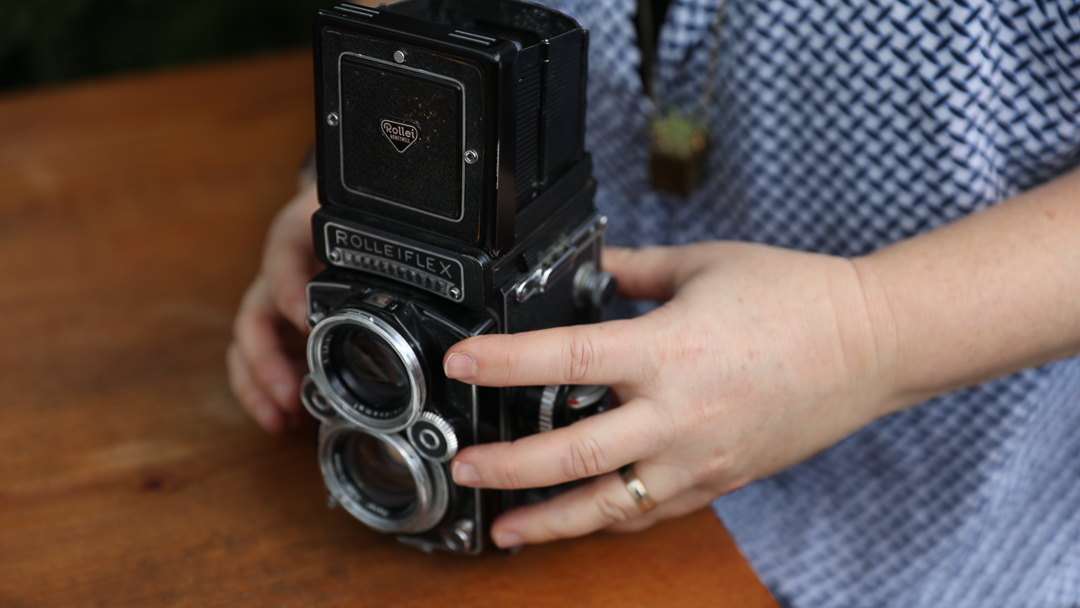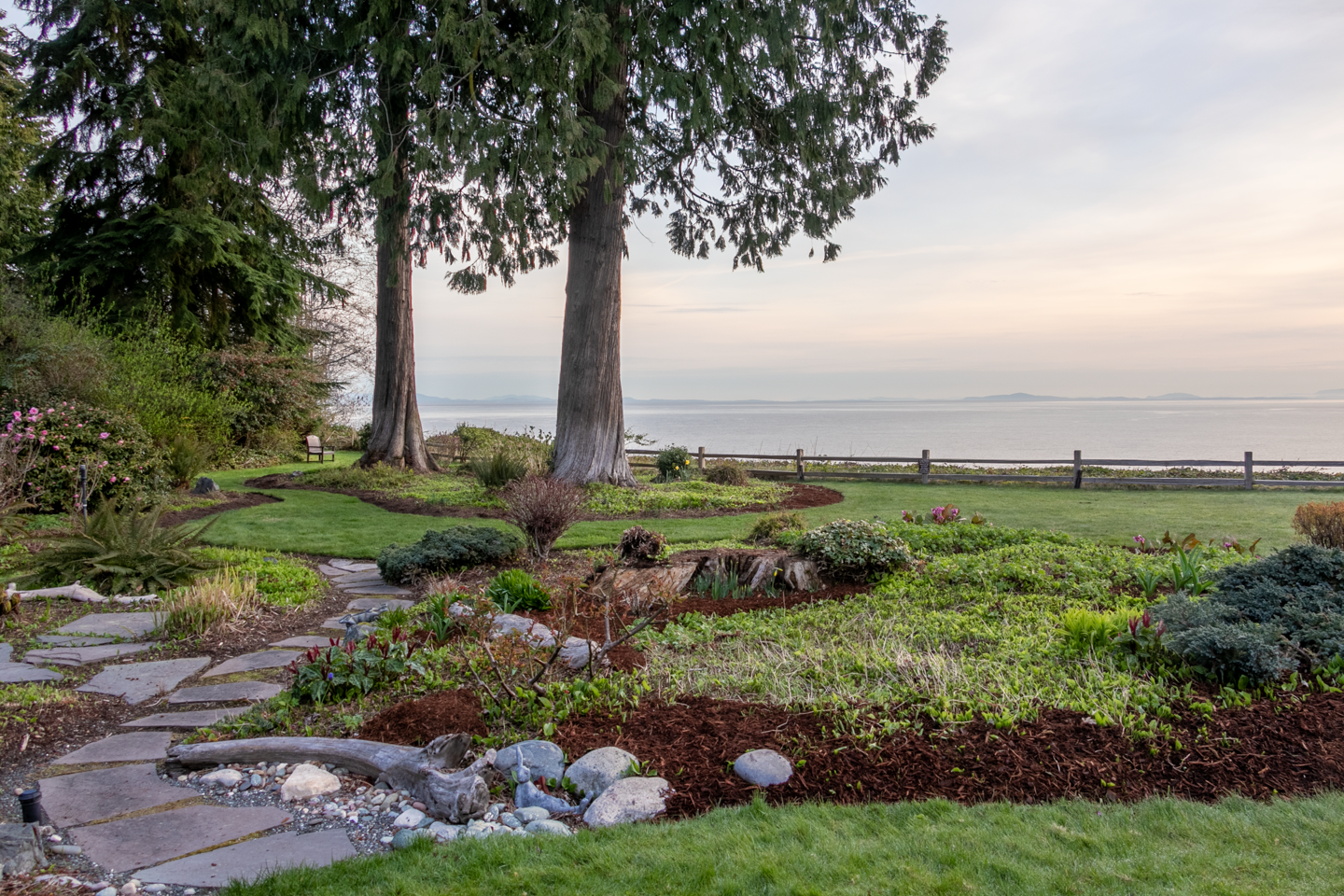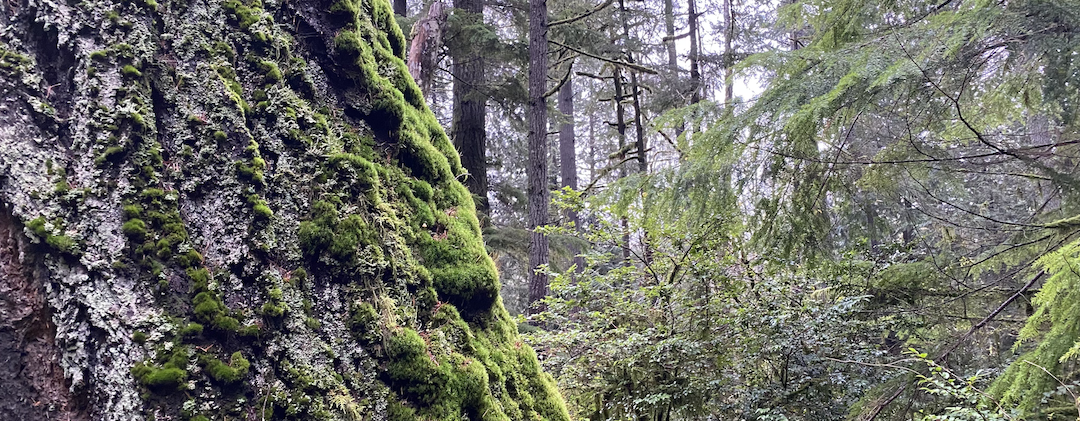I’ve spent over a year away from the blog, exploring growing flowers for market, permaculture, garden design, and have settled on my love of photography and container design. I’ve enjoyed posting many of my images on facebook and instagram and intend on continuing there, but sometimes the short-form is not sufficient to teach and share. So I am returning to a newly restructured website, and am launching a new series of posts called:
Garden Recipes
Here I will post an image of great garden or container designs and take them apart so you can recreate the looks too. However, having a shopping list never works. Where’s the fun in creating something EXACTLY the same? Inevitably, the plants you’re looking for aren’t at the garden center that week, or maybe a key design element calls for a purple pot and you only have an orange one.
I want to add something new – I want to teach you how to analyze designs yourself so you can start to see what you like, what you hate, and how to make substitutions on-the-fly.
So, let’s start with something simple:
Cabbages
I have a love-hate relationship with cabbages and kales (they are all in the same genus Brassica oleracea, and the differences between brussels-sprouts and broccoli, or kale and kohlrabi are just developmental forms.) I do crave their hearty, bitter flavour in the winter, and their refreshing crunch in sourkrauts and coleslaws, but gosh, they take up a lot of space in my garden.
However, they scoff at frost and laugh at snow, putting the rest of my mushy plants to shame. Being ideal for our short, but damp and cold winters, I just buy them fully-grown from my garden center and enjoy all of the different colors and textures. Because of their hardiness and all of their variation, they are perfect for using in winter containers.
 This was taken on a very cold day; you can see how sad and limp the lower leaves of the cabbage actually look, but they bounced back immediately and were perky again as the day warmed up.
This was taken on a very cold day; you can see how sad and limp the lower leaves of the cabbage actually look, but they bounced back immediately and were perky again as the day warmed up.
Containers are perfect for front doors.
Because I rush from house to car and back inside again, and usually in the dark or rain, I don’t linger much outside. I make the quickest daily trip to the chicken coop, and once a week I dash into the greenhouse to water. My biggest gardening joy in the winter are the containers by the front door. It makes the most sense to plant these up after Halloween (in that little gap between mischievous monsters and the relentless holiday rush).
Why this works:
It’s sort of silly to mimic a fashion magazine, but you can print and take this recipe to the garden center. This design is driven by the aqua color of the container; I’ll show you some variation later in the post. [Pin for later: http://bit.ly/2jVSJmt]
THE FOUNDATION LAYER (1) – This combination is anchored by Chamaecyparis lawsoniana ‘Snow White’. There are several good Lawson’s Cypress to choose, but ‘Snow White’ has this lovely blue color in winter and will get white-tipped new growth in spring. Another option would be Chamaecyparis ‘Treasure Island’ which has golden-tipped new growth. If you chose that conifer, you might plan on using different, golden-variegated perennials (2) in your combination. Why is this such a great choice? It is slow growing and will be a long-lasting anchor plant for several seasons in this container. Because it doesn’t like to be water-logged, use any good, fresh potting soil in your container and make sure your automatic (or teenager-chore) watering system is regular. It will reach 5-6 feet and about 2 feet around in about 10 years, so plan on using it in larger containers over the years, or plan its final location in the garden now.
A SHOWY TOP (2) – Always pair your anchor plants with perennials to draw the eye where you want it to go. Here in Seattle, we don’t get the harsh winter cold of the Midwest, so we have a lot of options to work with. This winter-hardy Euphorbia ‘Silver Swan’ has great structure and the creamy variegation is one that we’ll play off in the rest of the container. This plant works especially well in this pot because it also contrasts nicely with the darker conifer. It takes the same watering and partial- to full-sun that the conifer needs. (Take care in the spring if you cut it back, because the milky sap that wells out of cut ends can harm your skin.)
If you can’t find this exact euphorbia, look for a white-edged variegated boxwood, a variegated skimmia, or another small-leaved shrub. The variegated Daphne transatlantica ‘Summer Ice’ would be perfect for a pot in a protected place because you’ld also get the fantastic lemony scent. Basically, you want something tough and evergreen to stand up to the frosts and not turn to mush, but you also want the creamy edging on the leaf to brighten the container.
SOME BRIGHT LIPSTICK (3) – Although it’s small and hard to see in this image, a hardy Cyclamen hederifolium is starting to emerge. The veined tracery in the leaves also echos the variegation of the other plants, and the dark red flowers are a good power-punch of color. Often when you put containers all together in one season, not all of the plants you want are available. One solution is to leave space; tuck in a few small, empty, 4-inch containers in your arrangement. When you finally buy your blooming cyclamen, you can just pop them in! If you can’t find Cyclamen, the dark purple, small-faced pansies will always work, but keep to one color scheme and don’t buy yellow AND white AND purple AND striped. Any good contrasting color will work, just keep it simple.
COMFORTABLE SHOES (4) – A few trailing plants always make a container look well-dressed. Here a simple Vinca major vine trails over the edge. You could have also used a white-variegated one, but too much variegation can look busy, so here the solid form was used. Whatever you do, in this container, don’t choose one with golden edges! This plant can be used in your container all year; just trim up the ends and you’re good to go!
ADD SOME JEWELRY (5) – Our focal point – this creamy cabbage just makes everything pop. The frilly edges are a lovely contrast to the smooth leaves of the perennials and the soft texture of the conifer. Had we chosen the cabbage at the beginning of this post, the pink centers would clash with the dark red berries on the next plant. It will start to elongate in spring, so feed it to the chickens when you’re ready to disassemble your container. Although I doubt you’ll have trouble finding the cabbage, you could have also used a lovely white hellebore. Helleborus niger ‘Josef Lemper’ has upwards-facing white flowers (that might sag down with a prolonged freeze), H. ‘Ivory Prince’ is a stalwart, and even H. ‘Snow Fever’ would be fun, with its speckled variegation.
AND PULL IT TOGETHER (6) – Finally, we end with this versatile, easy-to-find filler, Gaultheria procumbens, also known as Wintergreen. This heather-relative looks sharp all winter, and the edible red berries (which I think taste nasty), provide another jewel-like layer that lasts throughout the season. In spring, it’s easy to pop them out and put into a shady part of your garden, and grow on to reuse again next year. Alternatively, you could go for a simple heather, like Erica carnea ‘Porter’s Red’ (which is really a dark pink). If you didn’t use either of these, a shocking, red-toned Heuchera ‘Fire Chief’ or H. ‘Fire Alarm’ would be amazing.
Add more vegetables!
One simple change to make for a different look is to add other winter-hardy vegetables. Consider adding Swiss Chard (which is in the beet-family) like this red-leaved one or the red-stemmed (‘Ruby Red’). Alternatively, this variegated thyme adds additional variegation, which could also complement the white-ribbed chard ‘Fordhook Giant’. Here the winter vegetables are paired with the red cyclamen. I’m not sure what the variegated shrub in back is, but you could use a small Ilex crenata variegata, a Daphne burkwoodii, or Osmanthus heterophyllus ‘Goshiki’, Euonymus fortunii ‘Emerald Gaiety’, all of which are small shrubs suitable for many seasons in containers.

Change the container
Another simple change is to use a different planter, and choose perennials to match. Here, the perennial stealing the show is Euphorbia x martinii ‘Red Martin’:
Whatever you choose, make sure you pack your containers full of plants to get maximum impact right away. Your plants won’t grow much over the winter, so don’t expect things to fill in. Sad holes should be plugged up with pansies, but make sure you keep to your color scheme, or you may end up with cabbage soup.
Save
Save
Save
Save
Save
Save
Save
Save
Save
Save
Save
Save













3 Responses
Ping to Flutter and Hum’s Wednesday Vignette meme: https://flutterandhum.wordpress.com/wednesday-vignette/
I too have a soft spot for cabbages (in garden or kitchen), and was a bit sad that Loree of Danger Garden didn’t put on her Cabbage Challenge this year! Thank you for joining in with WW – I’m looking forward to follow your container magic, Grace!
Thanks, @Anna – I knew there was a Poinsettia challenge one year too!